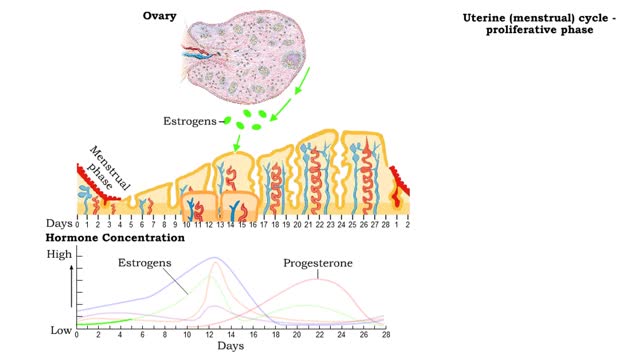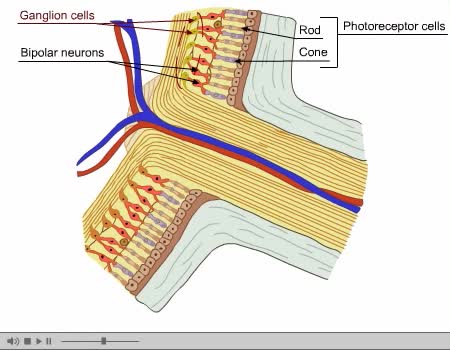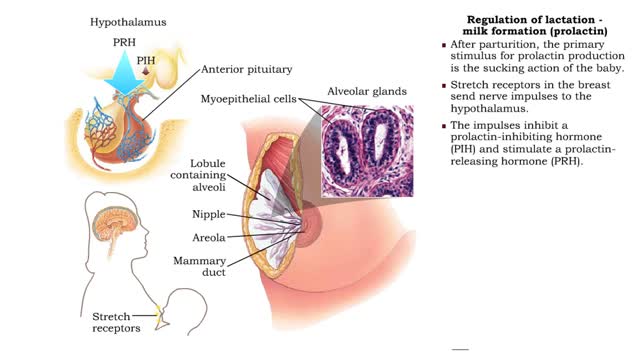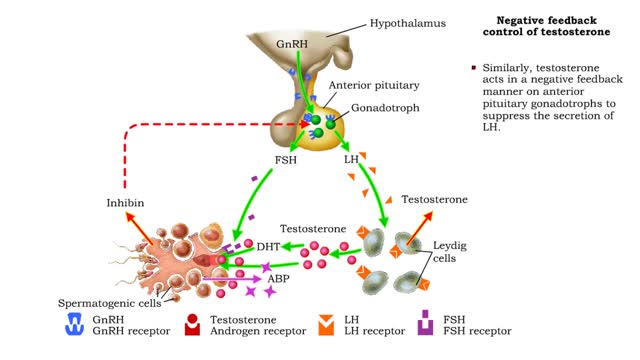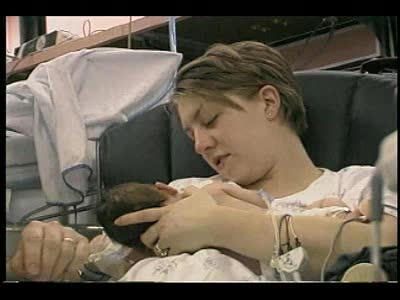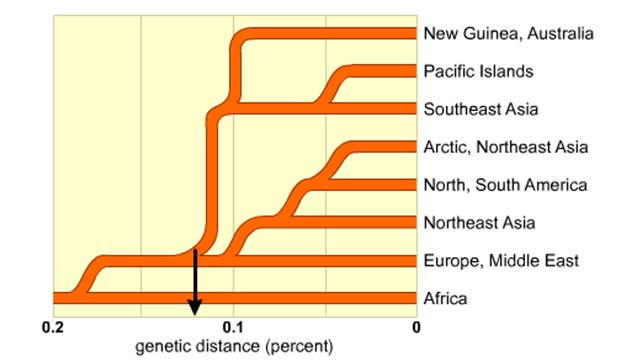Search Results
Results for: 'human body'
Stomach peristalsis - Movement of Food Through the Small Intestine
By: HWC, Views: 11059
Peristalsis is a series of wave-like muscle contractions that moves food to different processing stations in the digestive tract. The process of peristalsis begins in the esophagus when a bolus of food is swallowed. The strong wave-like motions of the smooth muscle in the esophagus carry the food...
Uterine (menstrual) cycle - phases
By: HWC, Views: 10953
• The uterus goes through a cyclical developmental pattern to be ready for implantation and support of an embryo. • The uterine, or menstrual, cycle is under the control of ovarian horrnones. • The uterine cycle also has three phases: • Menstrual phase • Proliferative phase �...
By: Administrator, Views: 14438
A photoreceptor cell is a specialized type of neuroepithelial cell found in the retina that is capable of visual phototransduction. The great biological importance of photoreceptors is that they convert light (visible electromagnetic radiation) into signals that can stimulate biological processes...
Optic Nerve and Optic Disk Animation (Part 2 of 2)
By: Administrator, Views: 14066
The optic disc or optic nerve head is the point of exit for ganglion cell axons leaving the eye. Because there are no rods or cones overlying the optic disc, it corresponds to a small blind spot in each eye. The ganglion cell axons form the optic nerve after they leave the eye. The optic disc ...
By: HWC, Views: 11782
Regulation of lactation - breast preparation • Pregnancy hormones trigger breast changes to prepare for feeding the new baby. • The amount of the hormone prolactin, essential to the initiation of lactation, increases steadily throughout pregnancy. • However, high levels of both estroge...
Male Reproductive System - Testosterone
By: HWC, Views: 11633
• Under the influence of FSH and testosterone, Sertoli cells produce androgen-binding protein (ABP) that binds to testosterone and maintains high levels of the hormone near spermatogenic cells. • Testosterone stimulates the final stages of spermatogenesis. • In addition, testosterone is...
By: Administrator, Views: 439
Circumcision is the removal of the foreskin from the human penis. In the most common procedure, the foreskin is opened, adhesions are removed, and the foreskin is separated from the glans. After that, a circumcision device may be placed, and then the foreskin is cut off. Topical or locally inject...
Genetic distance between human groups
By: HWC, Views: 7858
One proposed family tree for modern humans. This family tree is based on nucleic-add hybridization studies of many genes and immuno-logical comparisons. Branch points show presumed genetic divergences. This data indicates that the greatest genetic distance separates humans native to Afri...
How proteins function? How do proteins work?
By: HWC, Views: 10686
How proteins function is really about how proteins "do work" in cells. How do proteins work? Let's start thinking about protein function by looking at something important to you: your hair. Keratin is a structural protein that is composed of 2 intertwined or helical strands. Keratin is also f...
Advertisement




